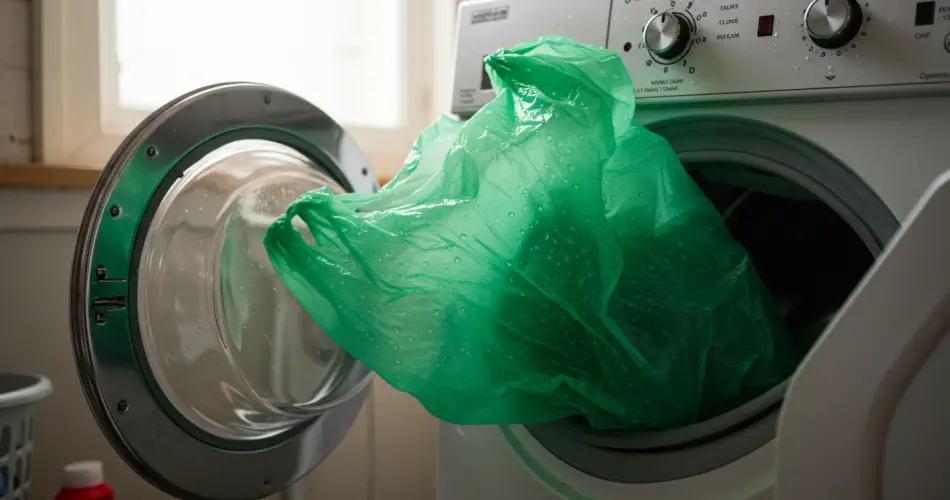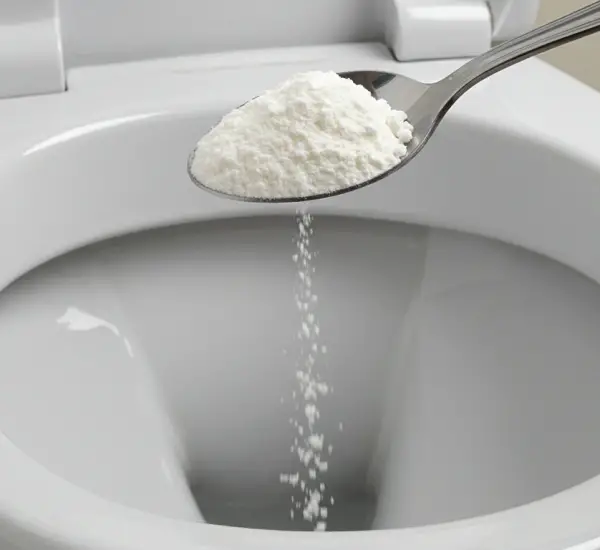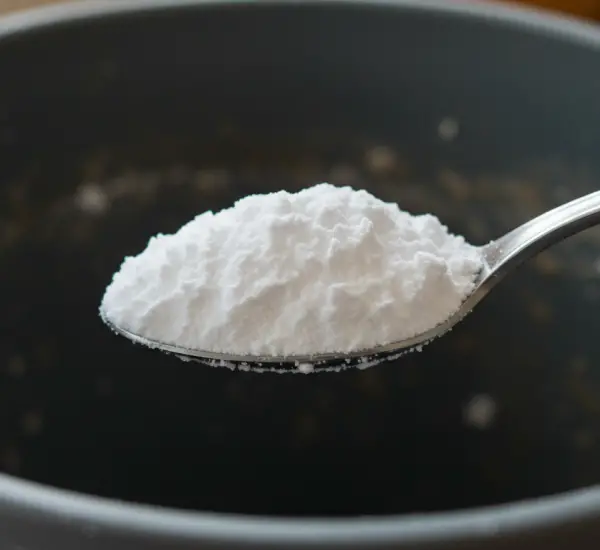In today’s fast-paced world, the washing machine has become an indispensable appliance in every household. Unlike previous generations, who spent hours hand-washing clothes, modern families rely heavily on this time-saving device to keep their laundry clean and fresh. Washing machines allow us to tackle the laundry of the entire household efficiently, whether it’s bed linens, towels, or everyday clothing. During summer, clothes dry quickly in the sun, while in winter, a dryer or radiator ensures that garments come out dry and ready to wear.
However, just like any other home appliance, washing machines require regular maintenance to stay in optimal condition and ensure a long lifespan. Without proper care, even the most advanced machine can suffer from wear and tear, leading to costly repairs or replacements. Fortunately, with a few simple habits and tricks, you can preserve the efficiency of your washing machine while preventing common issues such as mold, hair buildup, and lint accumulation.
Maintaining Your Washing Machine: Why It Matters
Keeping your washing machine in top condition is essential not only for prolonging its life but also for maintaining hygiene and the quality of your laundry. Even a well-functioning washing machine can become a source of unpleasant odors or inefficient washes if debris, hair, and lint accumulate over time. Many households unknowingly reduce their machine’s effectiveness by washing items like rugs, pet bedding, or heavily soiled blankets without taking proper precautions.
Some people invest in specialized laundry balls or tools designed to attract lint and hair during washing. While these can help, they often stick to clothing, leave residue, or don’t work as effectively as expected. Surprisingly, a simple and cost-free solution exists—a plastic bag. This unconventional trick can prevent hair and lint from damaging your washing machine while enhancing the wash itself.
How a Plastic Bag Can Improve Your Washing Machine
The secret lies in understanding how a washing machine works. During a wash, static electricity naturally forms inside the drum due to friction between clothing and the drum surface, as well as between the garments themselves. This static can attract hair, lint, and other debris, causing them to accumulate on clothes or clog the machine’s filters.
Placing a plain, neutral-colored plastic bag inside the drum during the wash can help attract these particles, keeping them away from your laundry and preventing them from reaching the machine’s internal filters. The bag essentially acts as a collection point for hair, pet fur, and lint, which can later be removed easily. This reduces the risk of filter blockages and prolongs the machine’s life.
Additionally, the plastic bag helps distribute detergent more evenly throughout the load. This ensures that clothes are cleaned thoroughly without needing excessive amounts of detergent, which can otherwise leave residue inside the machine or on clothing. When using this method, it’s best to avoid colored or patterned bags, as dyes could bleed during the wash and damage your garments. Instead, choose a transparent or neutral-colored bag for safe use.
Preventing Mold and Maintaining Hygiene
Even with tricks like the plastic bag, maintaining your washing machine requires more than just clever hacks. Mold is one of the most common problems in washing machines, particularly in areas that remain damp after use. Mold growth can lead to unpleasant odors and even contaminate your laundry if left unchecked.
To prevent this, it’s essential to allow proper airflow inside the machine after each wash. Open the detergent drawer and the drum door to let moisture evaporate and prevent water from stagnating inside. Residual water in the detergent drawer or drum seals can promote mold formation, which is often invisible until it starts to affect clothing or emit foul odors.
Regular cleaning of all removable components is crucial. The detergent drawer, drum seals, and filters should be rinsed and disinfected frequently to remove soap residue, trapped water, and other debris. Neglecting these areas can result in clothes that come out damp, poorly cleaned, or with a musty smell—even after a full wash cycle.
Additional Tips for a Long-Lasting Washing Machine
-
Wash heavy items with care: Rugs, pet blankets, and bedding can produce more lint and hair than everyday laundry. Consider washing these items separately or using protective covers to minimize debris accumulation.
-
Use appropriate detergents: Excessive detergent or fabric softener can leave residues inside the drum and pipes, contributing to odors and inefficiency. Follow manufacturer instructions for the correct amounts.
-
Regular deep cleans: Perform a monthly maintenance wash using hot water and a mixture of vinegar or a specialized washing machine cleaner. This helps dissolve soap buildup and kill bacteria or mold.
-
Keep filters clean: Regularly inspect and clean lint traps, drain filters, and other removable parts to prevent blockages and maintain optimal performance.
-
Ensure proper ventilation: If possible, keep the laundry area well-ventilated to reduce humidity, which contributes to mold and mildew formation.
Why These Practices Matter
A well-maintained washing machine ensures that your clothes come out clean, fresh, and free from odors. It also saves money in the long run by reducing the risk of repairs or the need to replace the appliance prematurely. Simple daily habits, such as using a plastic bag to collect lint, opening the drum and detergent drawer after washes, and cleaning removable parts regularly, can dramatically increase your machine’s efficiency and longevity.
By combining these techniques with occasional deep cleaning, you can protect your washing machine from damage caused by hair, lint, and mold. Not only will this improve the quality of your laundry, but it will also ensure that your appliance continues to perform optimally for many years.
Conclusion
The washing machine is a cornerstone of modern household convenience, but like any appliance, it requires care and attention. With simple steps—using a plastic bag to capture debris, maintaining airflow, cleaning drawers and seals, and performing routine deep cleans—you can significantly extend the life of your machine and keep your laundry fresh. These cost-effective methods prevent common problems, save money, and make laundry day a smoother, more efficient experience.
A little attention to your washing machine goes a long way, ensuring that it remains a reliable and essential part of your home for years to come.



